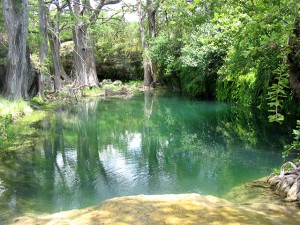 |
|
 |
|
 After failing to repeal the new Clean Water Rule on Tuesday, the Senate voted (53-44) to overturn the Rule on Wednesday under the Congressional Review Act. The White House has indicated legislation blocking the Rule will likely be vetoed.
After failing to repeal the new Clean Water Rule on Tuesday, the Senate voted (53-44) to overturn the Rule on Wednesday under the Congressional Review Act. The White House has indicated legislation blocking the Rule will likely be vetoed.
On May 27, 2015, the Environmental Protection Agency (EPA) and the U.S. Army Corps of Engineers (USACE) published the Clean Water Rule: Definition of ‘‘Waters of the United States;’’ further defining the scope of waters protected under the Clean Water Act (CWA). Numerous lawsuits were brought challenging the controversial Rule by states, business, agricultural, and development groups; and on October 9, 2015, the U.S. Court of Appeals for the Sixth Circuit temporarily suspended the Rule pending judicial review. A copy of the published rule can be found here.
If you have questions regarding the new Rule or how it may affect a current or proposed project, please contact aci consulting’s Austin office.
